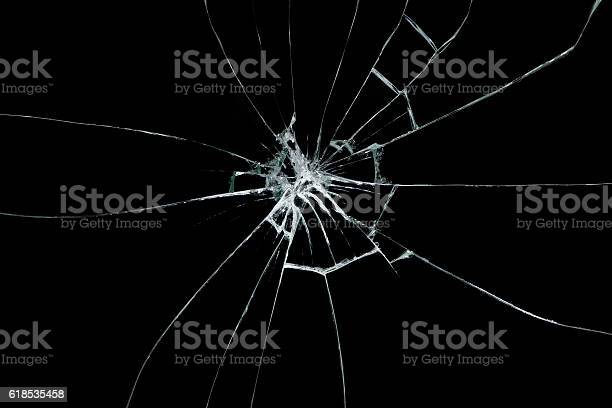Explosives are the mixtures or the chemical compounds that readily decompose to produce gas and heat. The Speed at which the reaction takes place is considered as the factor that distinguishes the explosion from combustion. Explosives are materials of high energy that undergoes rapid exothermic reactions.
Characteristics of Explosives
The following are the main characteristics of an explosive:
- Availability and cost
- Sensitivity
- Sensitivity to initiation
- Velocity of detonation
- Stability
- Power, performance, and strength
- Brisance
- Density
- Volatility
- Toxicity
- Explosive train
- Oxygen balance (OB% or Ω)
- Chemical composition
- Chemically pure compounds
- Mixture of oxidizer and fuel
- Availability and Cost: -Depending on the availability of raw materials, its cost, complexity and its safety for manufacturing operations the formation of an explosive depends.
- Sensitivity: -Sensitivity is the ease with which an explosive can be detonate or ignited. Sensitivity should be considered in selecting an explosive suitable to its particular use.
- Sensitivity to initiation: -Sensitivity to initiation is defined by the power of the detonator which is certain to prime the explosive to a sustained and continuous detonation.
- Velocity of detonation: -It is that speed with which the reaction process spreads in the mass of the explosive, which is significant feature of explosive and differs according to the kind of explosive.
- Stability: – One of the main characteristics of explosive is its ability to be stored without detonation which is known as stability.
- Power, functioning, and potency: -The power or functioning of an explosive is its ability to do work which is determined by some tests to measure the substance for its proposed use.
TYPES OF EXPLOSIVES

- Low explosives
- High explosives
LOW EXPLOSIVES: low explosives are the type of explosives that only explodes and do not detonate. Low explosives require heat, flash or friction for their initiation.
Examples of these explosives: black powder, nit0rocellulose etc.
HIGH EXPLOSIVES: high explosives mainly detonate that is an explosion in which the gases that escapes travel at a faster speed than the speed of the sound. They are generally used where the shattering effects are required. High explosives experience detonation with explosive velocity ranging from 3 to 9 km/s.
TYPES OF HIGH EXPLOSIVES
Primary high explosives: These explosives are very sensitive to mechanical shock, friction, and heat, to which they will respond by burning rapidly or detonating. They are mainly used to initiate secondary high explosives and used as a main ingredient of percussion caps.
The commonly used primary high explosives are mercury fulminate, lead azide, lead styphnate etc.
Secondary high explosives: Secondary high explosives are also known as base explosives. They are comparatively less responsive to shock, resistance, and heat. They burn if ignites in small quantity and detonate only under the shock wave of an exploding primary high explosives. The secondary high explosives may further divide into boosters and main charge.
Examples of secondary high explosives are TNT, PETN, HMX etc.
HOME-MADE EXPLOSIVES OR IMPROVISED EXPLOSIVE DEVICES
Bombs are generally explosives confined in a case and fitted with a suitable initating devices. They are generally made with a malicious intention i.e. to cause injury to life or property. They may of following types:
Letter Bombs-A letter bomb generally may look like an ordinary letter or a small parcel, which is designed to injure the recipient when it is opened or mishandled. It will appear as an ordinary postal cover, but will be slightly thicker and heavy. It will contain a high explosives charge and a suitable initiating device. About 80 grams of high explosives, on explosion, can cause fatal injuries to a man within 60-cm. ranges.
In some letter bombs plastic explosive of the consistency of plasticine is used. The explosive is rolled flat and placed in a cardboard, which is then placed in the envelope. Longitudinal recess is made in the center of the explosive to place a detonating and initiating mechanism. The initiating mechanism consists of a spring loaded lever mechanism, which triggers off when the packet is opened.
Booby Trap- In simplest terms we can define a booby trap is as a device, which is made with an intention to startle,surprise, attack, harm or kill an individual. A booby trap is generally trigerred accidentally by the presence or movements of the victim. Booby Trap often has some form of entice to attract the victim towards it.
Sometimes the booby trap is planted on busy roads or is triggered when the victim performs some action like opening a door, picking up something, switching something on or off etc.
Molotov Cocktail-An empty glass bottle is filled with petrol and a small quantity of concentrated sulphuric acid is placed at the bottom. The bottle is properly corked and a thick paste of potassium chlorate, sugar and gum is coated on the outside. When the paste is dried, the bottle is wrapped with paper and is ready for use. This is an improved type of Molotov cocktail.
When the bottle is thrown on the target it breaks. The sulphuric acid comes into contact with the mixture of sugar and chlorate causing explosion and bursting into flames due to the presence of petrol. When these bottles are seized, they should be kept immediately under water so that chlorate-sugar paste gets dissolved and renders the device ineffective.
For more updates, subscribe to our blog.









